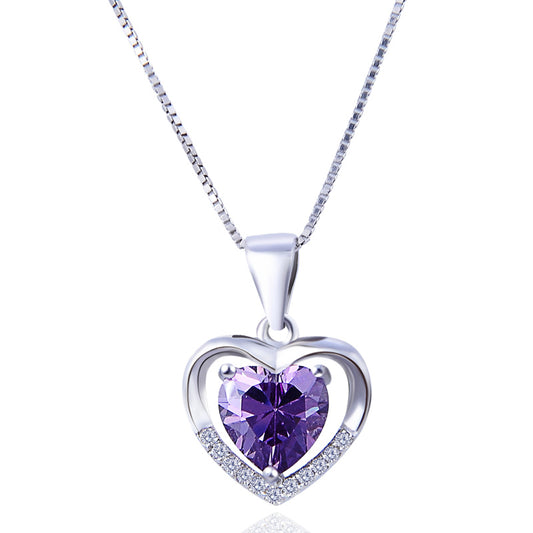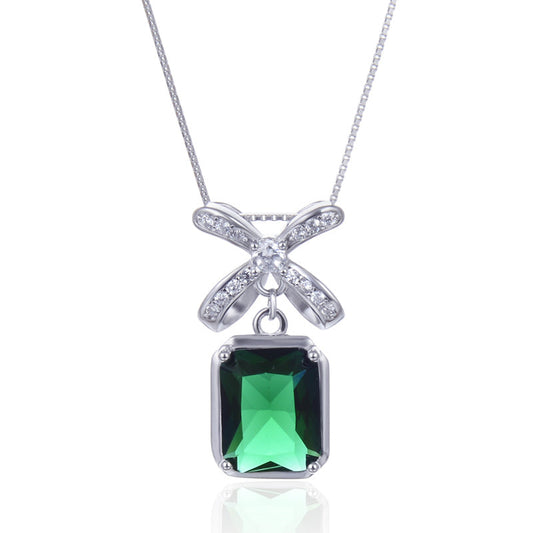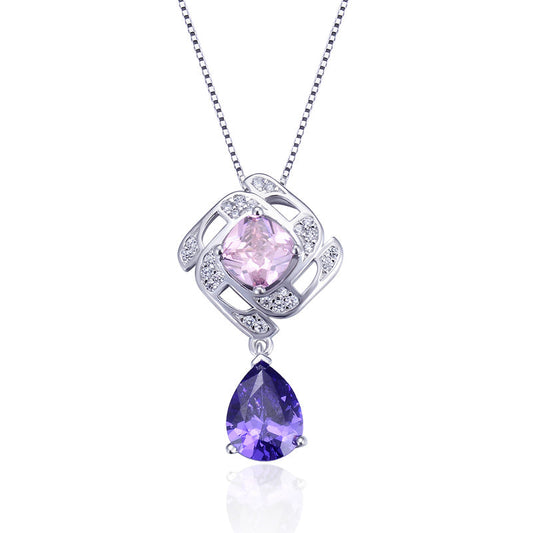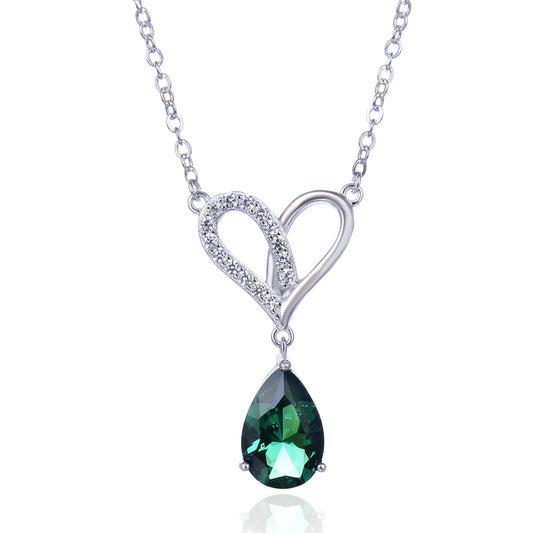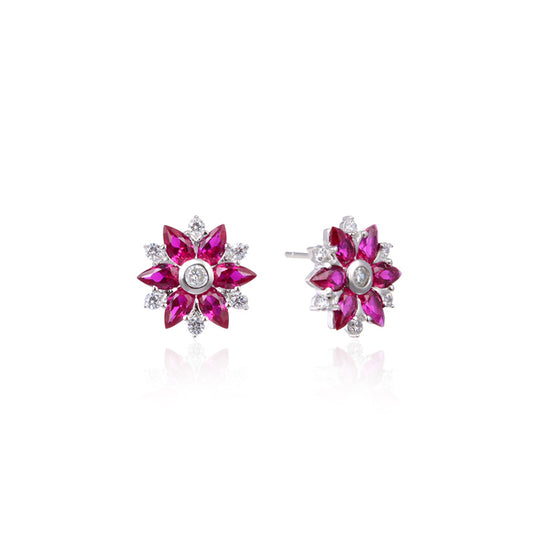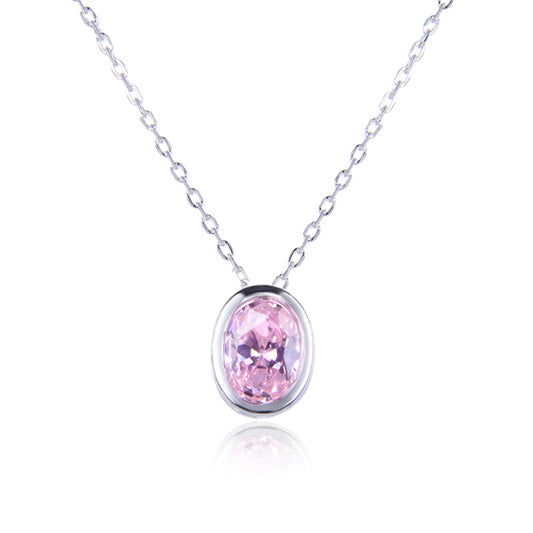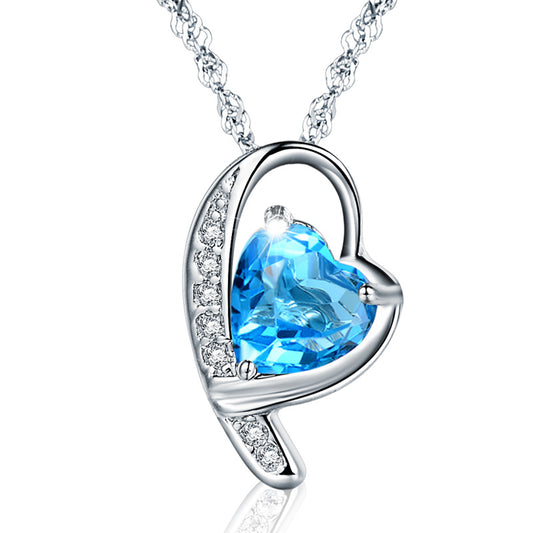The Evolution and Impact of Female Sex Dolls
In recent years, female sex dolls have emerged as a controversial yet fascinating topic of discussion. These dolls, designed to resemble real women in both physical appearance and texture, have sparked a range of reactions from curiosity to outright disapproval. In this blog post, we'll delve into the history, evolution, and social implications of female sex dolls, drawing from various online discussions and reports to paint a comprehensive picture of this intriguing phenomenon.
Early Beginnings
The concept of sex dolls is not entirely new. They can trace their origins back to the inflatable dolls of the 1970s, which were primarily used as gag gifts or novelty items. However, these early dolls were far from realistic, often made of cheap vinyl and lacking in detail.
Over time, the technology and design of these dolls have evolved significantly. Modern female sex dolls are now made from high-quality silicone or TPE (Thermoplastic Elastomers) materials, giving them a much more realistic feel. Manufacturers have also focused on creating hyper-realistic features, including detailed skin textures, hair, and even facial expressions.
Social Acceptance and Usage
The rise of female sex dolls has sparked a wide range of reactions from society. Some view them as a healthy outlet for sexual desires, especially for those who are single, in a long-distance relationship, or have physical disabilities that make intimate relationships challenging. Others argue that they promote an unhealthy relationship with sex and objectify women.
Reddit and Quora discussions on the topic reveal a mixed bag of opinions. Some users share stories of how sex dolls have helped them cope with loneliness or sexual frustration, while others express concern about the potential impact on real-life relationships and social interactions.
Psychological Impact
Psychologists and sex therapists have also weighed in on the psychological impact of female sex dolls. Some argue that they can provide a safe, controlled outlet for sexual desires, especially for those who struggle with social anxiety or other issues that make forming intimate relationships difficult. However, there are also concerns that over-reliance on sex dolls could hinder individuals from forming real, emotional connections with others.
Legal and Ethical Considerations
The legality and ethics of sex dolls have also been hotly debated. While most countries allow the sale and possession of sex dolls, there are some legal grey areas, especially when it comes to the portrayal of minors or realistic-looking dolls. Manufacturers and retailers must navigate these legal complexities carefully to avoid potential legal issues.
The Future of Female Sex Dolls
Looking ahead, it's clear that female sex dolls are becoming increasingly realistic and technologically advanced. Some manufacturers are even exploring the possibility of integrating AI technology into their dolls, allowing for more interactive and responsive experiences.
As this technology continues to evolve, it will be interesting to see how society adapts and responds to this growing trend. Will sex dolls become more widely accepted as a legitimate form of sexual expression, or will they continue to be a source of controversy and debate?
Female sex dolls represent a fascinating intersection of technology, sexuality, and social norms. While they offer a unique outlet for sexual expression, they also raise important questions about the nature of human relationships and the role of technology in our intimate lives. As this trend continues to evolve, it will undoubtedly spark further discussion and debate among academics, ethicists, and the general public.


